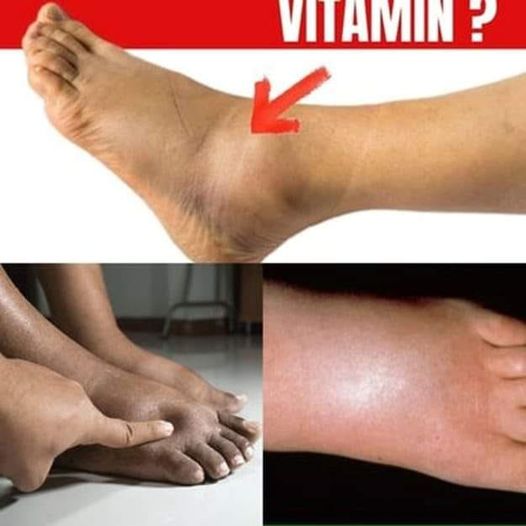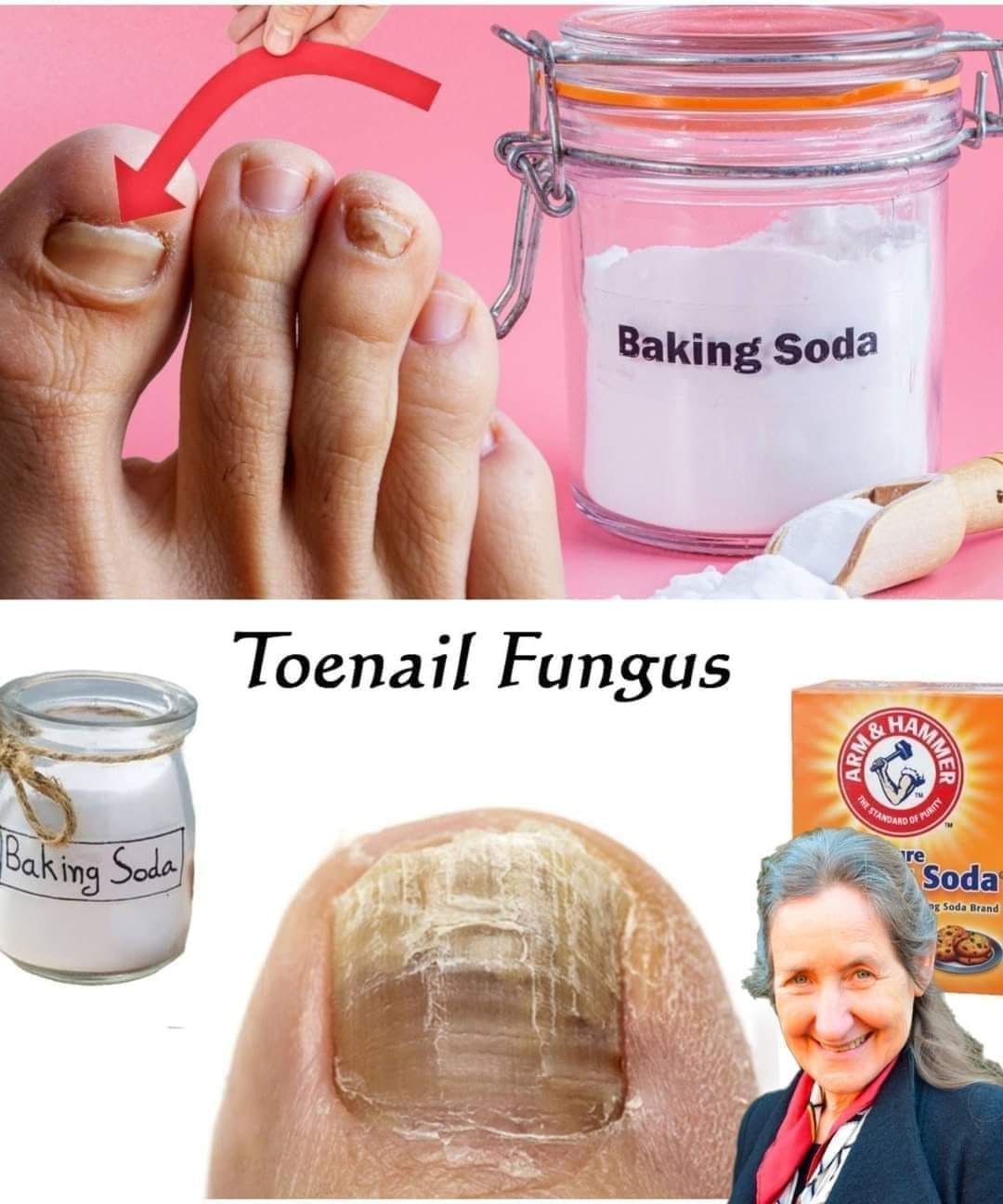No.1 Vitamin for Removing Leg and Foot SWELLING: Magnesium Magic!

Swollen legs and feet can be uncomfortable and even painful. While there’s no magic pill to instantly eliminate swelling, one nutrient stands out for its potential to provide relief: magnesium.
Why Magnesium for Swollen Legs and Feet?
Magnesium is an essential mineral that plays a crucial role in various bodily functions, including muscle and nerve function, blood pressure regulation, and energy production. It also helps regulate fluid balance, which is key to reducing swelling.
Studies have shown that magnesium deficiency can contribute to water retention and swelling, particularly in the legs and feet. By increasing your magnesium intake, you may experience a reduction in these symptoms.
How to Boost Your Magnesium Intake:
While magnesium supplements can be an option, incorporating magnesium-rich foods into your diet is often preferred for overall health. Here are some delicious and nutritious choices:
- Leafy green vegetables: Spinach, kale, and Swiss chard are packed with magnesium.
- Nuts and seeds: Almonds, cashews, chia seeds, and flaxseeds are excellent sources of magnesium.
- Whole grains: Brown rice, quinoa, and whole-wheat bread provide a good amount of magnesium.
- Legumes: Lentils, chickpeas, and black beans are rich in magnesium.
- Avocado: This creamy fruit is not only delicious but also a good source of magnesium.
Magnesium-Rich Smoothie Recipe:
For a quick and easy way to boost your magnesium intake, try this refreshing smoothie:
Ingredients:
- 1 ripe banana
- 1 cup spinach
- 1/2 cup unsweetened almond milk
- 1 tablespoon chia seeds
- 1/4 avocado
- A handful of ice cubes
Instructions:
- Combine all ingredients in a blender.
- Blend until smooth and creamy.
Additional Tips for Reducing Swelling:
- Stay hydrated: Drinking plenty of water helps flush out excess fluids.
- Limit sodium intake: Reduce your consumption of processed foods and salty snacks.
- Elevate your legs: Whenever possible, rest with your legs elevated to improve circulation.
- Regular exercise: Aim for at least 30 minutes of moderate-intensity exercise most days of the week.
Important Note:
While magnesium can help reduce swelling, it’s essential to consult with your healthcare provider if you have persistent or severe swelling. They can determine the underlying cause and recommend appropriate treatment.
By incorporating magnesium-rich foods into your diet and making lifestyle adjustments, you can effectively manage leg and foot swelling and enjoy a more comfortable life.
Disclaimer: This information is intended for general knowledge and informational purposes only, and does not constitute medical advice.





